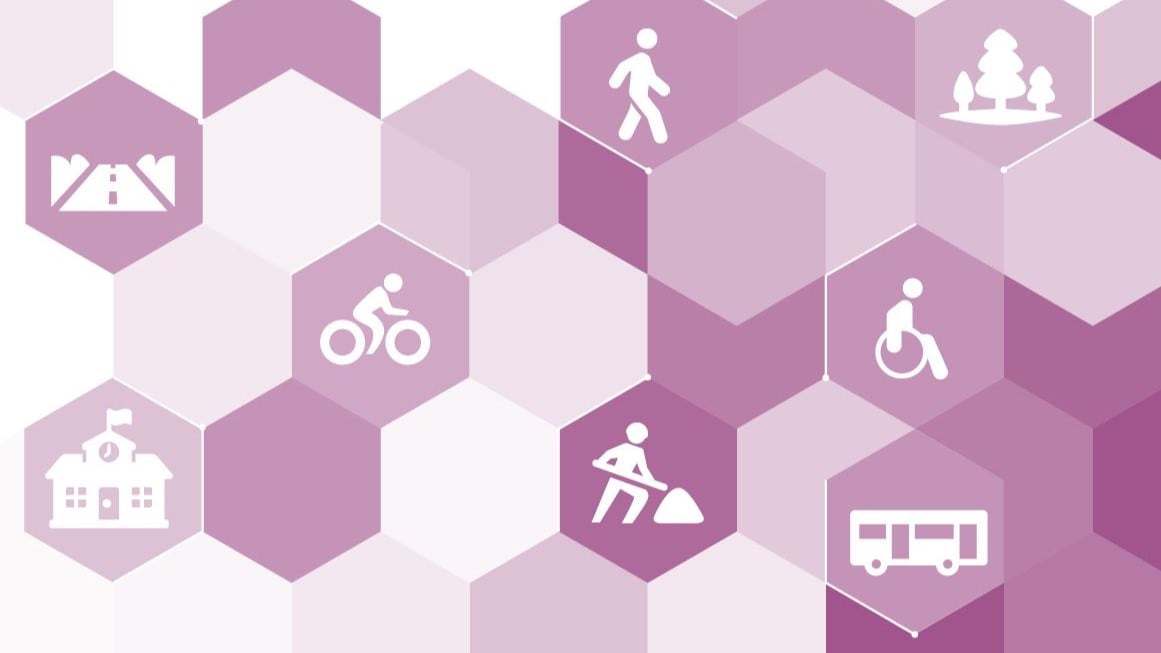Key points
- The Action Planning Guide identifies specific steps to design active communities.
- The goal is for the built environment to encourage physical activity.
- The guide includes implementation resources.

Overview
The Action Planning Guide is part of the Active Communities Tool. It can help cross-sector teams create an action plan for improving built environments, so they promote physical activity. The guide outlines specific steps of the planning process, such as:
- Leveraging cross-sector commitment by identifying disciplines to consider for inclusion on the cross-sector team.
- Understanding the community's plans, policies, and resources for improving community built environments for physical activity.
- Completing the Active Communities Tool's Assessment Modules to identify opportunities for action or engagement.
- Considering the potential actions that best align with the relevant transportation or land use planning cycle.
Each section of the guide provides resources to help users create their action plans. Whenever possible, the guide prioritizes free, publicly accessible, current, and practical "how-to" documents from federal agencies, national organizations, or CDC-funded partners.
Begin with the resources for building a cross-sector team (item 2 below) or skip ahead to the section that best describes the current stage of your work.
- Background and Purpose
- Building a Cross-Sector Team
- Understanding Community Context and Needs to Inform the Selection of Actionable Areas
- Developing an Action Plan
- Evaluating Progress
- Integrating Improvements into a Lasting Community-Wide Effort
